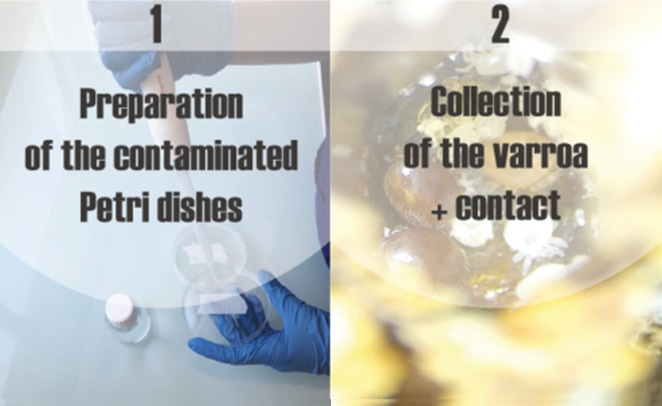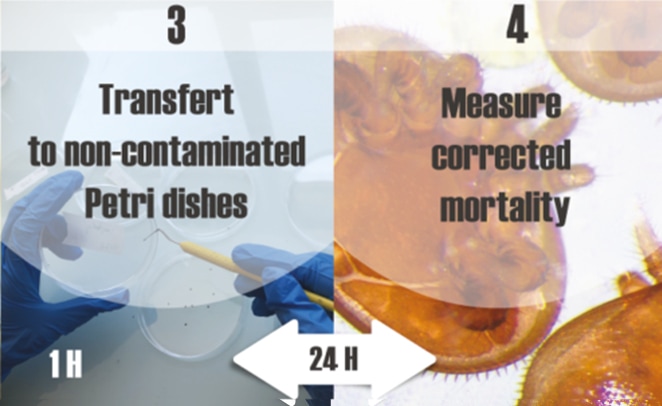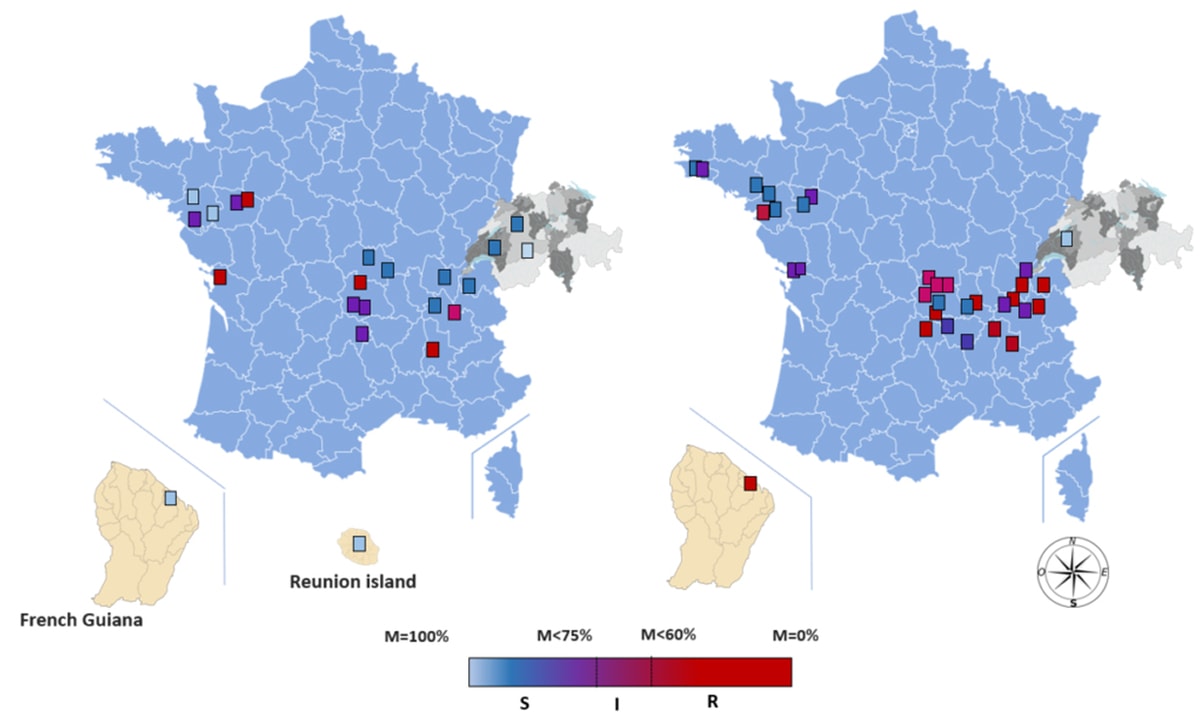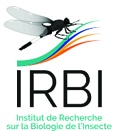Research
Estimate the sensitivity / Resistance of your Varroa mite to the acaricides
NEW!
You wish to know the sensitivity, the resistance of your varroa
to the diferents molecules of acaricides?
Keeping honey bees healthy, especially through the fight against the varroa mite, is a priority for the global beekeeping industry.
The use of acaricides since many decades resulted to the apparition of resistances and a waste of efficacy of the active substances. That is why, actually, one of the apiarian problems is to estimate and to limit the developing resistances of varroa mite to the synthetic acaricides. A new tool to diagnose varroa population resistance status would allow adaptation of acaricide treatment and so, limit the resistances.
Adapt your treatments
and improve their effectiveness!
In this context, Apinov and Vita Bee Health developed jointly a tool to study the sensitivity dynamics / varroa resistance to the acaricides (tau-fluvalinate and amitraze). The aim is to obtain some data to optimize integrated control (IPM) strategies.
The sensitivity / resistance test can be used under several situations:
- Pre-treatment: To know the state of sensitivity / resistance of varroa mites to adapt your treatment.
- Post-treatment : The rate of infestation is too high and you want to know if it is a behaviour of resistance to the acaricide active substance for the following years.

Protocol
The protocol is derived from the Milani (1995) standard method in the Beebook (Dietemann et al, 2013) and modified by Lindberg et al, 2000 and Maggi et al, 2008.


Résults
Map of sensitivities of varroa populations in 2018 and 2019 with S: sensitive population, I: intermediate population and R: resistant population.
Tau-fluvalinate sensibilities – Left (n=22)
Amitraze sensibilities – Right (n=35)

As a part of a research project in collaboration with:


